NIL
How Shedeur Sanders' NFL Salary Will Compare to His NIL Valuation
Colorado superstar quarterback Shedeur Sanders was certainly one of the biggest stars going into the 2025 NFL draft. But he wasn’t drafted like one. Expected by many to be selected in the first round on Thursday, Sanders fell all the way to the fifth round and landed with a team that many believed would pick […]


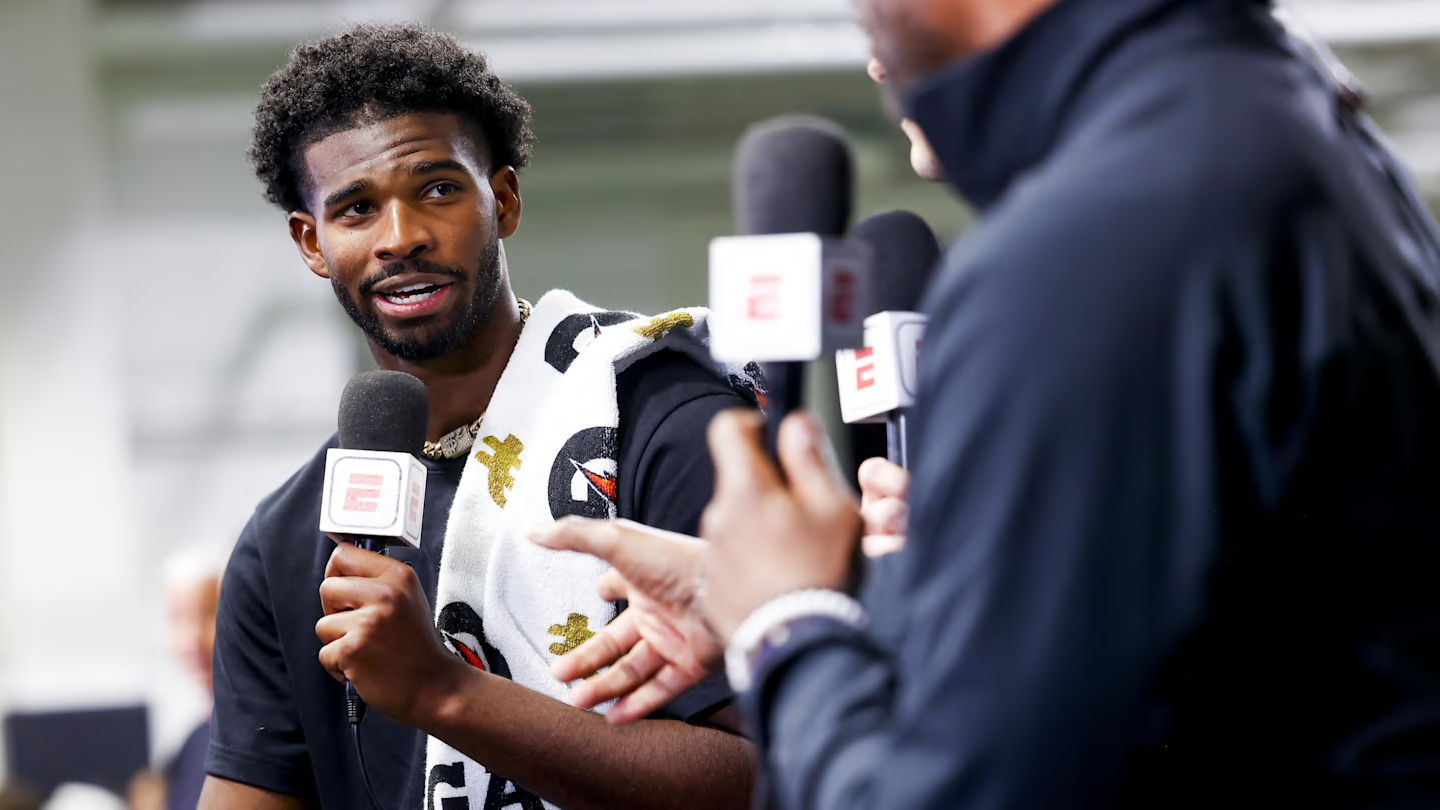
Colorado superstar quarterback Shedeur Sanders was certainly one of the biggest stars going into the 2025 NFL draft. But he wasn’t drafted like one.
Expected by many to be selected in the first round on Thursday, Sanders fell all the way to the fifth round and landed with a team that many believed would pick him in the first round, the Cleveland Browns.
The Browns took him No. 144 overall. For comparison, his famous father, former NFL cornerback and Pro Football Hall of Fame selection Deion Sanders, was drafted No. 5 overall by the Atlanta Falcons in 1989.
The younger Sanders’ fall to many was inexplicable. Last season he was named the Big 12 Conference offensive player of the year as he helped turn the Buffaloes back into a winning football program. He set a program record for touchdown passes on the season with 37, and his 74% completion rate was both a program and FBS record for a single season.
In just two seasons with the Buffs, he threw for 7,364 yards with 64 touchdowns and 13 interceptions. He started his college career at Jackson State and put up great numbers there, too.
In the Name, Image and Likeness era, he dominated the landscape. He had one of the top NIL valuations in the country per On3Sports.com of $6.5 million. He had deals with brands like Nike, Gatorade, Beats by Dre, Google, and the 5430 Alliance. Many of those deals are likely to follow him into the NFL.
That’s good news, because his NFL salary won’t meet his NIL valuation.
The NFL uses a slotting system for rookie salaries, based on where a player is selected. For instance, his teammate, Travis Hunter, was selected No. 2 overall. The slot for that selection is expected to be $46.5 million over four seasons, including a $30 million signing bonus. The Jacksonville Jaguars, who selected Hunter, can sign him to a fifth-year option after his third season.
From there, the salary slots drop. USA TODAY published a piece on the projected salary slots for players selected in the second and third rounds of the draft, which occurred on Friday.
The No. 102 pick, the last in the third round, was projected for a four-year deal worth $5.96 million, with a projected $1.083 million signing bonus.
Sanders’ pick, No. 144 overall, is expected to get a four-year deal worth $4.6 million.
That means that Sanders’ initial NFL contract will be well below his NIL valuation, something that few expected going into the draft. That’s because the salary slots continue to drop on the third day.
NIL
College basketball is benefiting a lot from new NIL landscape
NIL problems have to be taken seriously, but the positive aspects of the new economic structure are creating a better, more robust product in college basketball Remember the 2025 NCAA Tournament? Not even two months have passed since it ended with Florida beating Houston in a thriller. During that basketball bonanza, a lot of people […]
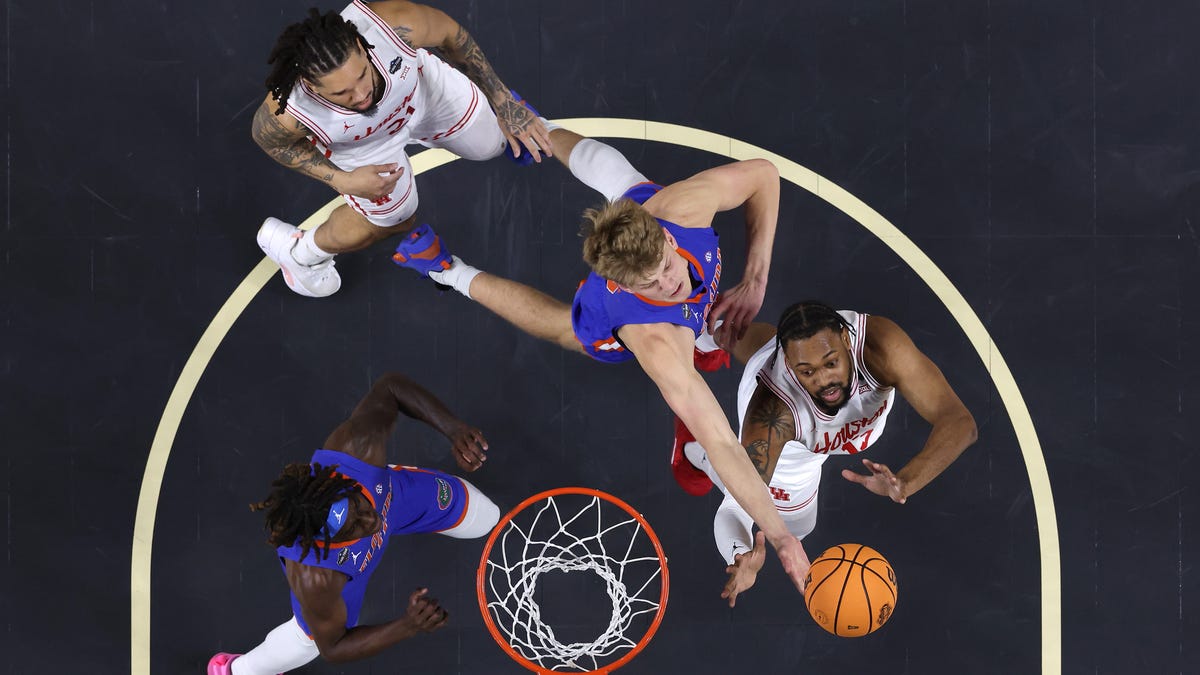
NIL problems have to be taken seriously, but the positive aspects of the new economic structure are creating a better, more robust product in college basketball
Remember the 2025 NCAA Tournament? Not even two months have passed since it ended with Florida beating Houston in a thriller. During that basketball bonanza, a lot of people spent a lot of energy emphasizing how bad the product of college hoops was becoming. NIL was tilting the playing field instead of leveling it. The new reality of college sports economics was creating more imbalances, enabling the SEC to put 14 of its 16 teams into March Madness. This was supposedly awful for college hoops. Is it? Is this the way to view the new landscape?
One could be highly skeptical of the direction college basketball is taking in the new NIL era. One conference getting 14 teams into March Madness and having seven of them in the Sweet 16 does reflect an imbalance of power. Yet, we have to wonder if the SEC being great was less a product of NIL, and more a product of the SEC being really smart in its investments, coaching hires, and rebuilding a basketball brand which wasn’t in good shape several years ago.
It could be that the new NIL environment is actually a net positive for college basketball. We don’t have to be hyperbolic and say it’s the best thing ever for the sport — that would oversell the positives of this reality — but we can say something substantially beneficial is coming from the NIL architecture created in recent years. Let’s go through this discussion.
Alex Condon back at Florida
Florida retained one of its elite big men from its 2025 national championship roster. Florida will reload instead of rebuild this coming season and will field a very strong roster with Alex Condon in the middle.
Milos Uzan back to Houston
Kelvin Sampson and Houston are getting one more season from Milos Uzan, which means the Cougars should once again be a Final Four contender and a top-10 team.
Tahaad Pettiford comes back to Auburn
Pettiford eschewing the NBA draft to return to Bruce Pearl makes Auburn a serious national player for yet another season.
Labaron Philon returns to Alabama
Otega Oweh back to Kentucky
You can see the pattern
The point being made is obvious: With NIL funding in place, players who might have been late-first round or early-second round NBA draft picks have an incentive to come back to school, make very good money playing a 35-game season (instead of an 82-game pro season), and improve their draft stock for next year. Roster retention is a very good thing for college basketball. Having teams which bring back prime players obviously improves the quality of the product, instead of having players bolt for the NBA at the first opportunity.
Worrying about the big dogs versus the mid-majors
Power conference strength compared to weakening mid-majors is the best and most relevant argument from anyone who thinks the overall quality and charm of college basketball will suffer under the current NIL reality. It is true that mid-majors will struggle to compete to acquire elite talent in this environment. We won’t ignore this point, and it’s certainly something everyone in the industry needs to think about when considering reforms to the current system, such as it is.
Blue-blood programs aren’t the ones ruling the world
Though Power Four conferences are thriving in the NIL landscape of college basketball, it’s not as though this is a small and exclusive club of blue-blood schools.
This is not a world in which Kentucky and Kansas, North Carolina and Duke, UCLA and Michigan State, are the teams dominating everyone else.
Florida wasn’t elite a few years ago. Houston was in the AAC not that long ago, trying to make its way up the food chain. Auburn is an outsider, not an insider, in the larger workings of college basketball history. Iowa State, BYU, Texas Tech, Arkansas, St. John’s, and a bunch of other schools which aren’t regularly seen at the Final Four are making forward strides.
In other words, this is not college football a decade ago, in which we knew at the start of every season that Alabama and Clemson were going to meet in the championship game or a playoff semifinal. There is still balance and parity in college basketball, with the usual suspects not necessarily being the schools that benefit.
North Carolina has actually struggled. Kentucky has had its ups and downs. Bill Self and Kansas had their worst season in two decades. There’s a lot of competitive balance in the new NIL world. It’s not perfect, but it’s substantially robust.
There are problems with the current NIL setup, but let’s not pretend college basketball is going to hell in a handbasket. There’s a lot to like about the new reality.
Contact/Follow @College_Wire on X and like us our page on Facebook to follow ongoing coverage of college sports news, notes, and opinions.
NIL
College basketball transfer portal’s top eight available players after NBA Draft deadline
The 2025 college basketball transfer portal is running low on impact playmakers after the NBA Draft deadline on Wednesday, with the portal’s top two players available, RJ Luis Jr. and Jamir Watkins, opting to remain in the draft process. Just one player ranked in the transfer portal’s top 100 and five ranked in the top […]

The 2025 college basketball transfer portal is running low on impact playmakers after the NBA Draft deadline on Wednesday, with the portal’s top two players available, RJ Luis Jr. and Jamir Watkins, opting to remain in the draft process. Just one player ranked in the transfer portal’s top 100 and five ranked in the top 250 remain.
Luis and Watkins were the last two uncommitted players in the top 10 of the transfer portal rankings at No. 4 and No. 7, respectively. Several wing-needy programs had contacted the two in case they opted to return to college basketball for the 2024-25 season.
This past week saw four top-150 transfers — PJ Haggerty, Darrion Williams, Rakease Passmore and Tyon Grant-Foster — come off the board. Haggerty entered the week as the top transfer available and had been tied to NC State and new coach Will Wade for the better part of the past month. However, the Wolfpack took Williams from Texas Tech on May 22 and Haggerty committed to Kansas State on Monday.
RELATED (VIP) — Rankings Risers: JJ Andrews, Vaughn Karvala, Bryson Howard surge
Below is a closer look at the college basketball transfer portal’s eight highest-rated uncommitted players.
NIL
College basketball winners, losers from NBA draft deadline
Only 106 players declared early for the NBA draft, the league announced earlier this month, the smallest number of early entrants since 91 players declared as underclassmen in 2015. The reason is obvious: NIL. The ability for college athletes to land major-money deals for their name, image and likeness has changed the equation for many […]

Only 106 players declared early for the NBA draft, the league announced earlier this month, the smallest number of early entrants since 91 players declared as underclassmen in 2015.
The reason is obvious: NIL. The ability for college athletes to land major-money deals for their name, image and likeness has changed the equation for many borderline draft picks, who now have the option of making more money in school than sitting near the end of the bench for an NBA franchise.
The 106-player list of entrants has been trimmed in the past few weeks as many high-profile players have decided to spend at least one more season on the college ranks. That includes standouts who will compete for postseason hardware – led by new Michigan forward Yaxel Lendeborg, Florida forward Alex Condon and Kentucky guard Otega Oweh.
In the bigger picture, the biggest winner of the declaration deadline has to be the SEC. After a record-setting year that established the SEC as the strongest conference in the country, the league could be even better this season with a deep collection of players opting out of the draft.
Led by Michigan, the SEC and Duke, here are the biggest winners and losers from the deadline:
Winners
Michigan
The Wolverines will start as the favorite in the Big Ten and one of the top-ranked teams in the preseason USA TODAY Sports men’s basketball poll after convincing Lendeborg to follow through on his transfer from Alabama-Birmingham. The senior was one of the most productive players in the country last year, averaging 17.7 points, 11.4 rebounds and 4.2 assists per game, joining Larry Bird as the only players in Division I history to post at least 600 points, 400 rebounds and 150 assists in a season. (That pretty much says it all.) With Lendeborg in the middle and three additional impact transfers – former North Carolina guard Elliot Cadeau, former Illinois forward Morez Johnson and former UCLA center Aday Mara – joining the mix, coach Dusty May has constructed a roster built for a Final Four run.
Florida
Condon had an uneven NCAA tournament but came up huge in the championship game against Houston, illustrating his potential along with the need to hone his game before taking the next step into the NBA. Junior center Rueben Chinyelu also backed out of the draft, while forward Thomas Haugh decided not to enter the process and will see an increase in minutes with three key seniors, led by Walter Clayton Jr., gone from last year’s team. The Gators also added one of the biggest transfers of the spring in former Arkansas guard Boogie Fland – another player that considered turning pro before staying in school.
The SEC
The bad news for the SEC: Florida is going to be really good, once again. But key draft decisions will help some of the top teams in the league bring down the Gators. Surprisingly, Alabama will bring back sophomore guard LaBaron Philon, who started 29 games as a rookie and was widely expected to land in the back half of the first round. Auburn guard Tahaad Pettiford will return in an effort to boost his draft stock, he said this week. Texas A&M forward Mackenzie Mgbako will stick with the Aggies after transferring in from Indiana. Karter Knox will return to Arkansas for his sophomore season, giving John Calipari’s second team a big boost – though it’s not all great news for the Razorbacks. And Oweh’s decision to opt out of the draft is huge for the Wildcats, who can build an SEC contender around the all-conference pick.
Houston
The defending runners-up had counted on an elite recruiting class to stay in the mix for the national championship. But Houston will now bring back guard Milos Uzan, too, after the senior averaged 11.4 points and 4.3 assists per game in his first year in coach Kelvin Sampson’s system following two years at Oklahoma. Uzan and returning contributors Emanuel Sharp and Joseph Tugler will be the building blocks for what should again be one of the top teams in the country.
Losers
Duke
That Duke was dinged by early draft entrants was totally expected: Cooper Flagg is more than ready to shine in the NBA, sharpshooting guard Kon Knueppel has the toolbox to play major minutes as a rookie and center Khaman Maluach is a hugely promising but unfinished prospect who could develop into a menace on the defensive end. The Blue Devils hoped to replace a chunk of this lost production with transfer Cedric Coward, who began his career on the Division III level, spent two years at Eastern Washington and then played six games last year at Washington State before suffering a shoulder injury. But Coward blew up during draft workouts and should land somewhere in the first round as one of the draft’s fastest-rising prospects.
Arkansas
Knox should take on more responsibility as a scorer and work on developing his overall game before hopping into the draft next spring. He’ll be the centerpiece of a rotation that also will include guard DJ Wagner, two frontcourt transfers in Nick Pringle (South Carolina) and Malique Ewin (Florida State), and two five-star freshmen in Darius Acuff and Meleek Thomas. The bad news for Arkansas is the decision to stay in the draft by 6-foot-6 forward Aduo Thiero, who averaged 15.2 points per game after following Calipari from Kentucky. With Thiero, the Razorbacks might’ve been seen as the team to beat in the SEC.
NIL
Deepest NBA draft classes in recent memory has significantly thinned out – New York Daily News
Prospects had until Wednesday to withdraw their names from the 2025 NBA Draft. After numerous Top 60 players chose to return to college for the next season, one of the deepest draft classes in recent memory has significantly thinned out. The lottery remains packed with talent at the top, featuring players like Duke’s Cooper Flagg, […]

Prospects had until Wednesday to withdraw their names from the 2025 NBA Draft. After numerous Top 60 players chose to return to college for the next season, one of the deepest draft classes in recent memory has significantly thinned out.
The lottery remains packed with talent at the top, featuring players like Duke’s Cooper Flagg, Rutgers’ Dylan Harper and Ace Bailey, Baylor’s VJ Edgecombe and Texas’ Tre Johnson. However, late-first and second-round prospects are withdrawing rapidly.
“There’s an obvious reason for that: Expanding NIL money. While it was a factor in the past two drafts, this is the first one where the money has become huge enough that it radically alters the calculus for all but the top 15-20 picks. For anyone else, it would be extremely unwise to turn down a multi-million-dollar NIL check for the uncertainty of being a second-round pick in the NBA. Thus, the 2025 NBA Draft looks like a completely normal one at the top half of the first round, then has the bottom fall out once we get into the second,” wrote John Hollinger of The Athletic.
For example, Auburn’s Tahaad Pettiford (ranked No. 27 on CBS Sports’ Big Board) will return to school next season to help Bruce Pearl and the Tigers chase a third Final Four appearance.
Pettiford’s decision to withdraw is logical. The 19-year-old was widely viewed as a borderline first-round pick, likely to be selected in the second round had he remained in the draft. Instead, the dynamic playmaker from Jersey City can now enhance his draft stock and solidify his status as one of the top prospects in the 2026 class.
The financial incentives are significant, as Pettiford will reportedly secure an NIL deal worth over $2 million.
Other players who have withdrawn include Alabama’s Labaron Philon (No. 23), San Diego State’s Miles Byrd (No. 52), Michigan’s Yaxel Lendeborg (No. 43), Florida’s Alex Condon (No. 56), Houston’s Milos Uzan (No. 45), Kansas State’s PJ Haggerty (No. 63) and NC State’s Darrion Williams (No. 44).
“More players are deciding to return to school instead of staying in the NBA draft because of the guaranteed NIL money in college instead of gambling on where they’ll be picked,” wrote Alex Schiffer of Front Office Sports.
The 2025 draft was inevitably weakened by the rise of NIL deals, which continue to draw talent away from the professional ranks. College players can now earn millions before stepping foot on an NBA court and leverage the transfer portal to secure more lucrative opportunities. For many, staying in college is more appealing than grinding as a second-round pick or G League player.
“The prime reason behind a constant rise in the players withdrawing from the draft to return to college is the skyrocketing NIL markets across college basketball,” wrote Brett Siegel of ClutchPoints. “These deals allow them to earn as much as $3 to $4 million per year.”
NIL
Cowgirl Softball adds standout transfer Jayden Jones
STILLWATER – Oklahoma State Softball has added versatile utility player Jayden Jones, head coach Kenny Gajewski announced today. Jones joins the Cowgirls with three years of eligibility remaining after playing her freshman season at Virginia Tech. The Gaylord, Mich., native made 19 starts over 26 appearances in her first season of collegiate softball, primarily […]
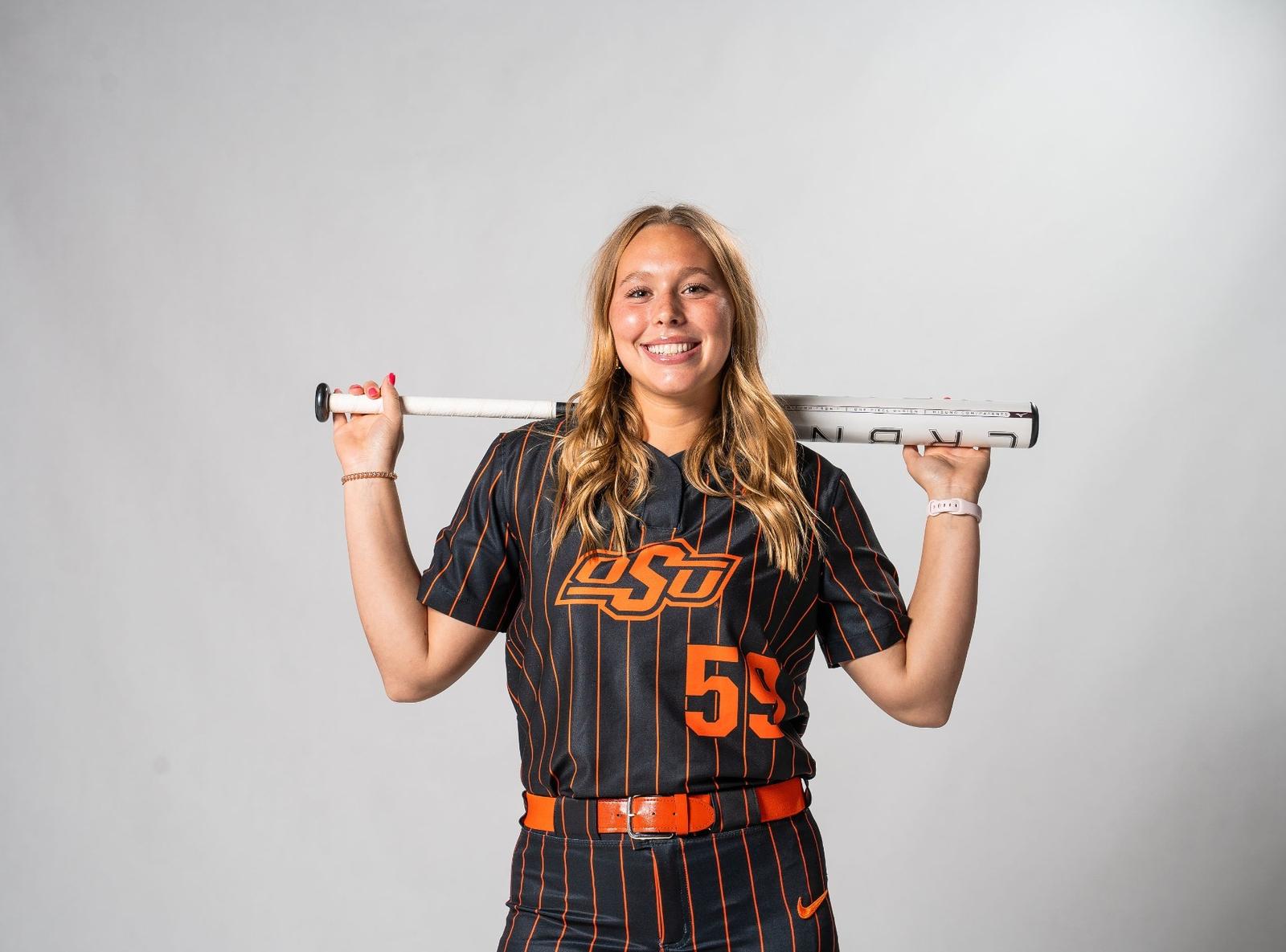
Jones joins the Cowgirls with three years of eligibility remaining after playing her freshman season at Virginia Tech.
The Gaylord, Mich., native made 19 starts over 26 appearances in her first season of collegiate softball, primarily at second base and as the designated player, and slashed .250/.275/.500. Jones totaled 15 hits on the year – with seven of those going for extra-bases – in 60 at-bats along with 14 runs scored, 12 RBIs and 11 walks.
“We’re extremely excited to welcome Jayden to Stillwater,” Gajewski said. “She’s a dynamic infielder that can also play in the outfield if needed, who’s a left-handed bat that can run with a high softball IQ. I think she will exemplify the Cowgirl Way from day one.”
Jones tallied five multi-hit performances on the season, including one in her collegiate debut against Fordham, where she recorded a double and an RBI. She notched another multi-hit game against then-No. 7 LSU, where she blasted her first-career home run off LSU’s two-time All-American pitcher, Sydney Berzon.
“To say I’m thankful would be an understatement,” Jones said. “I wanted to play for a coaching staff that had my best interest in mind and cared about me as a person more than a player. I wanted to be challenged and coached hard and surrounded by girls with high standards and goals. Oklahoma State checks all of those boxes and I can’t be more excited to officially be a Cowgirl.”
With the move to Stillwater, Jones will reunite with her sister, Aubrey, who is set to join the Cowgirls this fall as an incoming freshman. Aubrey was the 2024 Michigan Gatorade Player of the Year and led the country in home runs as a junior at Gaylord High School with 26 long balls.
“It’s a dream come true being able to play with Aubrey again,” Jones said. “I didn’t know if we’d ever have the chance to be in the same dugout again or on the same field. I never wanted our time playing together to end so I’m grateful God allowed it to work out at the right time.”
The Jones’ will become the second set of sisters to play together at the same time in program history, joining the Sodanos – Linda and Sharon – who played together from 1990-91.
“I’m excited to add another talented infielder from the Jones family to our program,” Gajewski said. “We recruited Jayden hard out of high school, so we’re very familiar with who she is and what she’s capable of and we can’t wait to see her and Aubrey in the Orange and Black.”
In high school, Jones was a two-time state champion at Gaylord High School and was named 2024 Michigan Miss Softball by the Michigan High School Coaches Association. She was ranked as the No. 4 middle infielder nationally and No. 13 overall by Legacy and Legends Softball and No. 6 by Extra Innings Softball.
For season-long coverage of Oklahoma State Softball, visit okstate.com and follow @cowgirlSB on X and @osusoftball on Instagram.
NIL
Kirby Smart Reveals How NIL Collectives Handle Decommitments
iStockphoto / © Brett Davis-Imagn Images The amount of “illegal activity” involving NIL money in college football is not a secret so the latest revelation from Kirby Smart does actually not come as a surprise but it does raise one big question. How are these “unaffiliated” collectives enforcing their back-end financial recuperation? I am curious […]
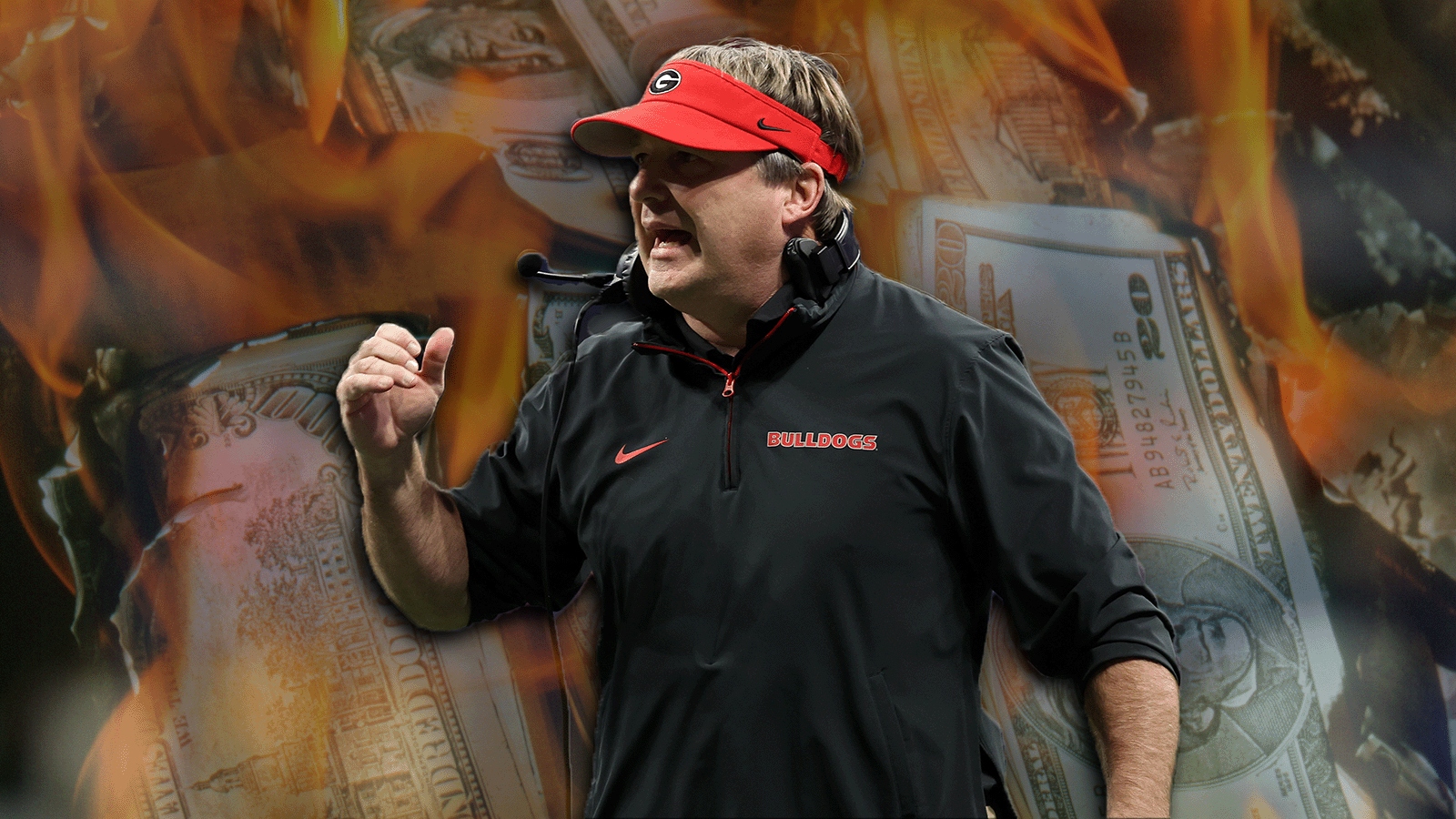

The amount of “illegal activity” involving NIL money in college football is not a secret so the latest revelation from Kirby Smart does actually not come as a surprise but it does raise one big question. How are these “unaffiliated” collectives enforcing their back-end financial recuperation?
I am curious to know if there is a contractual agreement or if it is based entirely on the honor system.
Smart is set to begin his 10th season as the college football coach at Georgia in just a few months. Needless to say, the entire landscape of the sport looks completely different today than it did a decade ago. The transfer portal is one thing. Name, Image and Likeness is another.
Lets focus on the latter. As I already said, it is not a secret that D-I programs — through their collectives — are using NIL money as a direct inducement for a high schooler’s commitment. Although that is considered to be an illegal practice by rule, there is no one to enforce it because the NCAA is incompetent. The amount of loopholes and lack of regulation involved with NIL also makes it very hard to punish without the threat of a lawsuit. We are living in a lawless era of collegiate athletics.
Collectives are doing whatever they can to get a high school recruit to commit. According to Smart, that includes a lucrative retainer. He revealed what he knows is happening to Ross Dellenger of Yahoo Sports.
Collectives are striking deals with high school recruits to keep and gain their commitments – paying them as much as $20,000 a month in this unregulated market. If they de-commit, they are being asked to return the compensation, he says.
— Kirby Smart
First and foremost, if Kirby Smart is saying this, I would find it hard to believe that Georgia’s NIL collective is not doing the same thing. If you can’t beat ’em, join ’em.
Secondly, I am very intrigued by the last part of his not-so-classified admission. How are these collectives getting their money back if a recruit decommits? Are they signing these high school kids to a legally-binding contract? Are they sending the goon squad after them if they don’t pay it back?
I can’t imagine a world where there is not a contractual obligation. And yet, it is technically illegal to lure a recruit to a specific school with money. So if the contracts do exist, they are directly against the rules. If the contracts don’t exist, I cannot see why a recruit would return the money paid to them. What are the collectives going to do about it? A report to what is left of the NCAA might cause more harm than good.
-

 Sports3 weeks ago
Sports3 weeks ago2025 NCAA softball bracket: Women’s College World Series scores, schedule
-

 College Sports1 week ago
College Sports1 week agoPortal Update – Basketball and Gymnastics Take Hits
-

 Rec Sports2 weeks ago
Rec Sports2 weeks agoThe Program, a New Basketball Training Facility, Opening in Greenpoint This September
-

 College Sports3 weeks ago
College Sports3 weeks agoNew restaurant to open in State College | Lifestyle
-
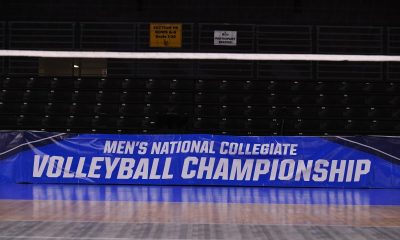
 Sports3 weeks ago
Sports3 weeks ago2025 NCAA men’s volleyball championship: Bracket, schedule, scores
-
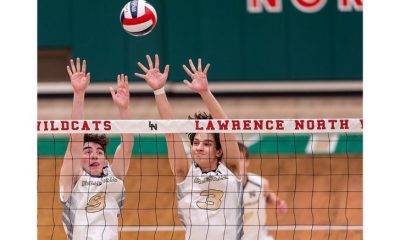
 Sports3 weeks ago
Sports3 weeks agoBoys volleyball: Millers sweep Lawrence North
-

 Sports3 weeks ago
Sports3 weeks agoMajor League Baseball results
-
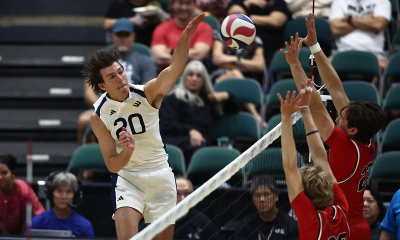
 Sports3 weeks ago
Sports3 weeks agoHilir Henno of UC Irvine Receives AVCA Distinction of Excellence Award
-

 Sports3 weeks ago
Sports3 weeks agoWork out, don't run out
-
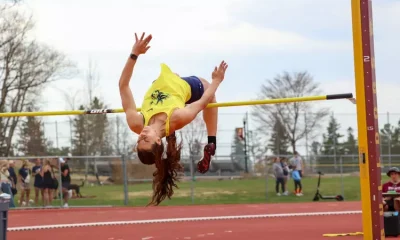
 Sports3 weeks ago
Sports3 weeks agoGreenwaldt and Sallee Take NSIC Titles in Day Two
































